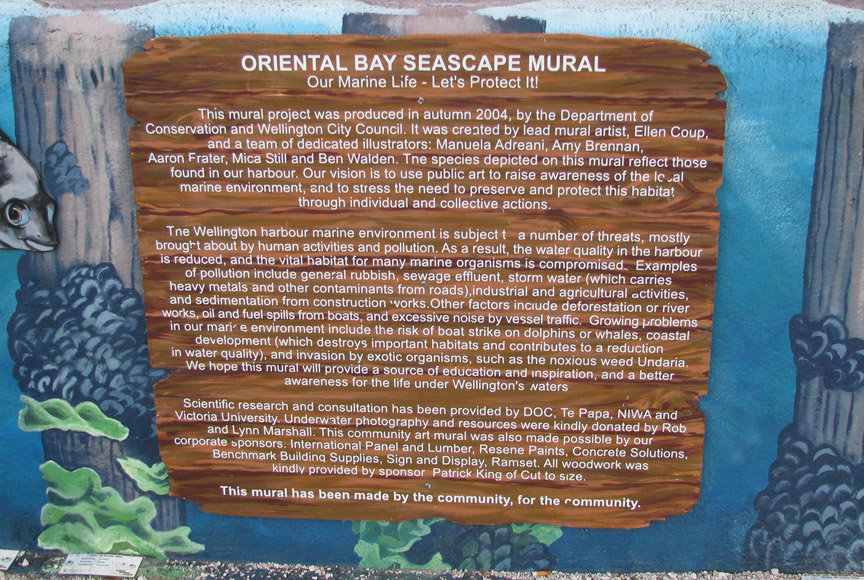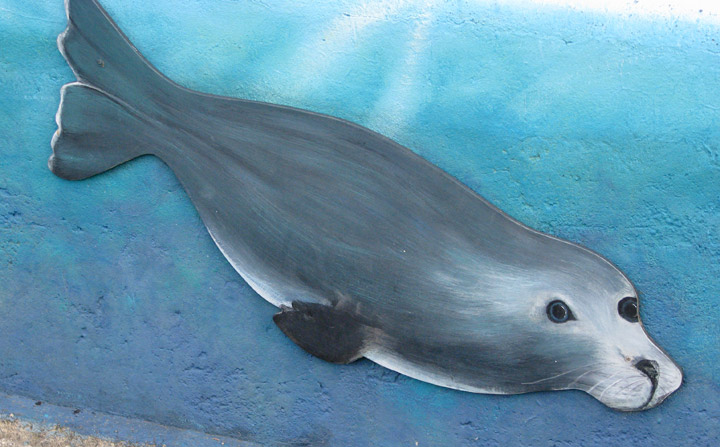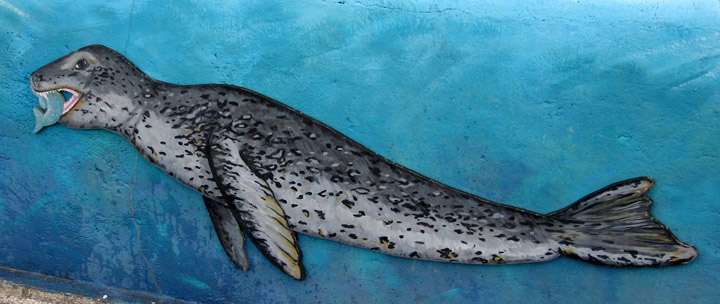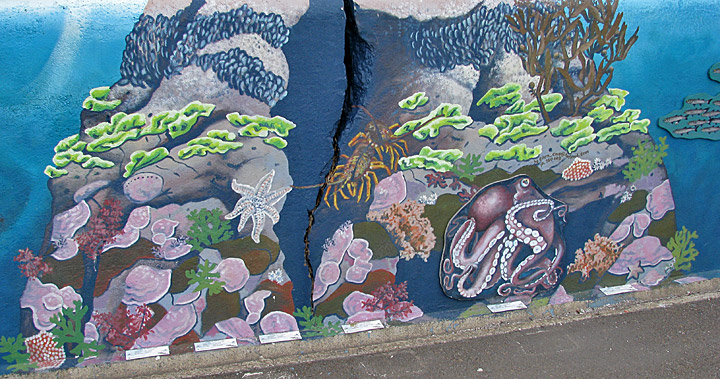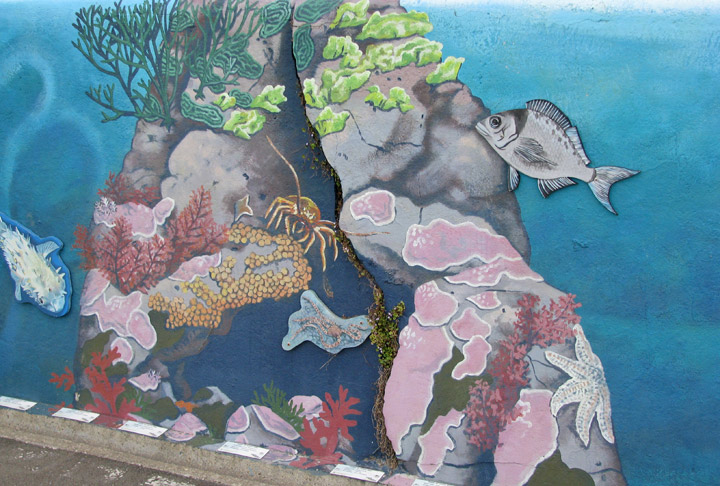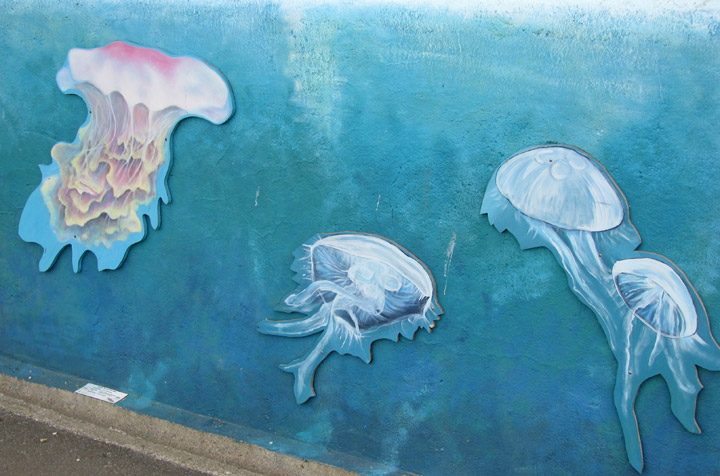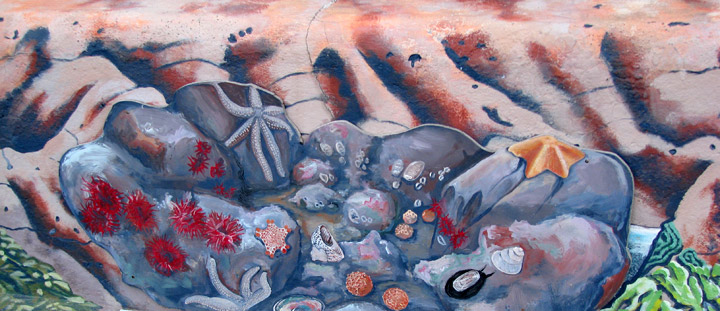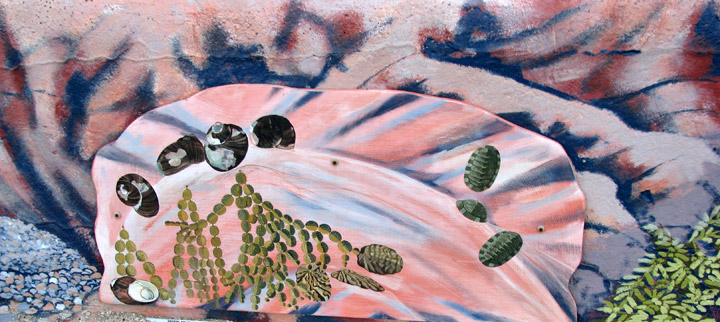

Wellington
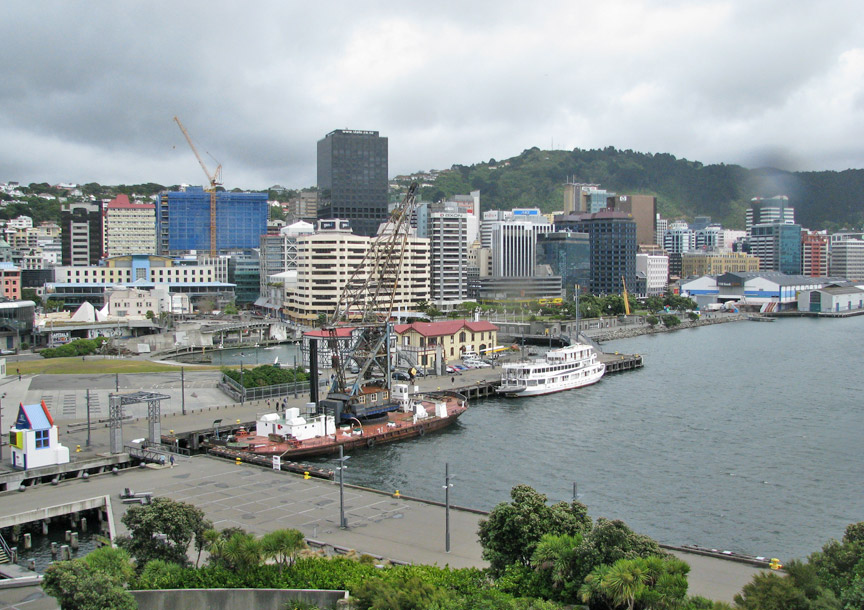
Wellington
Wellington is the capital of New Zealand, situated at the southwestern tip of the North Island between Cook Strait and the Rimutaka Range. The Wellington Urban Area is the major population centre of the southern North Island and ranks as New Zealand's third most populous urban area with 381,900 residents. There are 473,700 residents in the Wellington Region (June 2008 estimates).
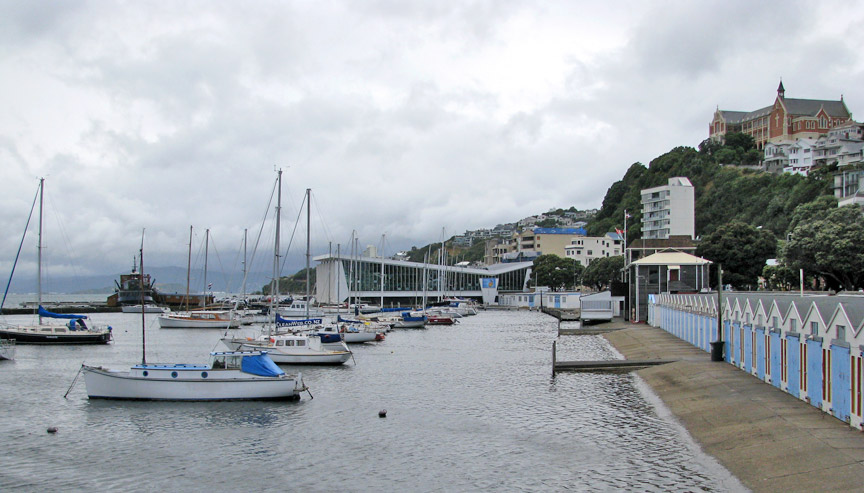
Wellington's suburbs lie across four cities. Wellington City, on the peninsula
between Cook Strait and Wellington Harbour, contains the central business
district and about half of Wellington's population. Porirua City is situated on
Porirua Harbour to the north and is notable for its large Māori and Pacific
Island communities. Lower Hutt City and Upper Hutt City are suburban areas to
the northeast, together known as the Hutt Valley. Although each of the four
cities also contains a rural hinterland, almost all of the population is within
the urban area.
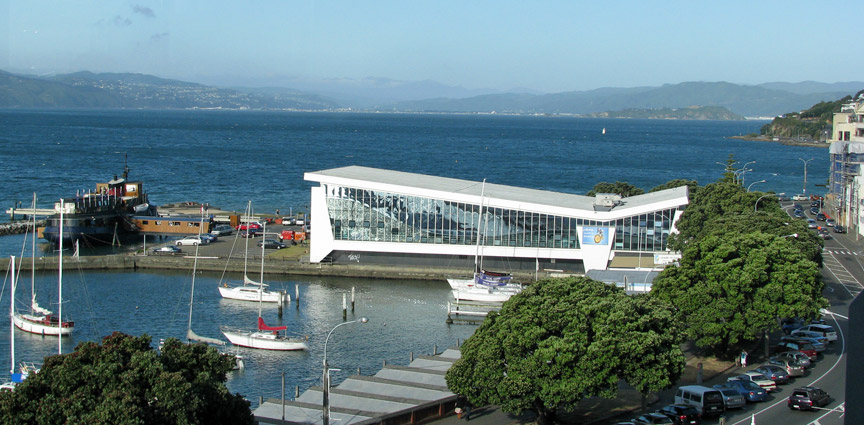
swimming pool
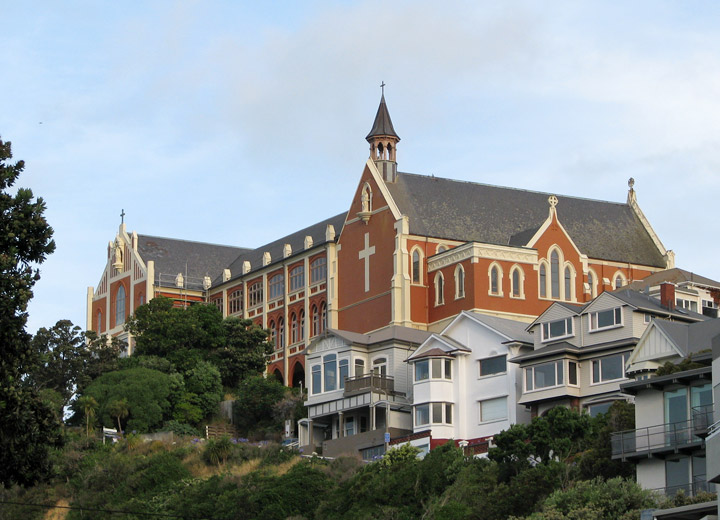
monastery on the hill
Wellington was named in honour of Arthur Wellesley, the first Duke of Wellington and victor of the Battle of Waterloo. The Duke's title comes from the town of Wellington in the English county of Somerset.
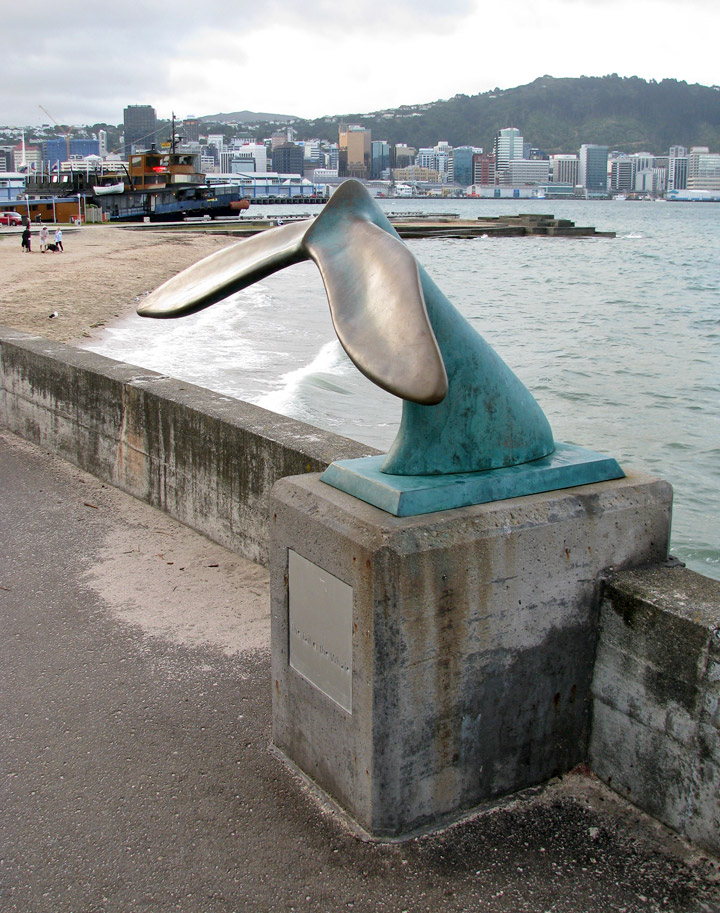
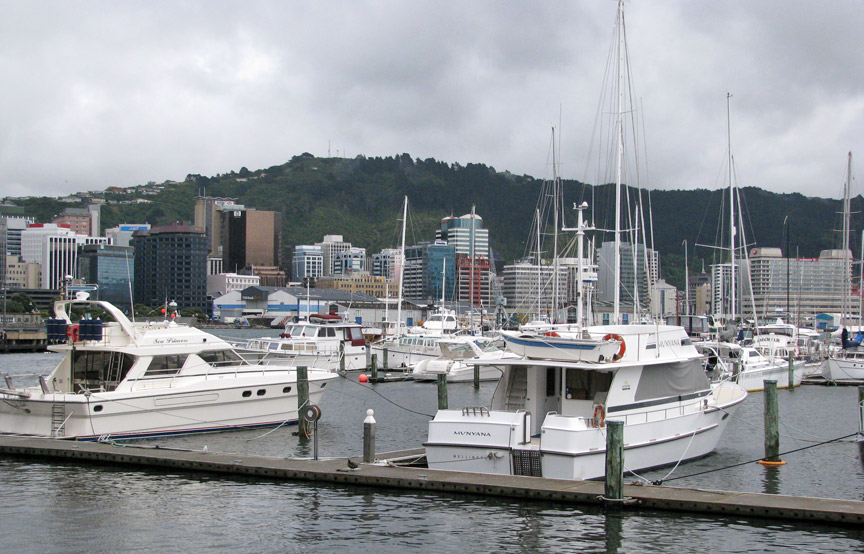
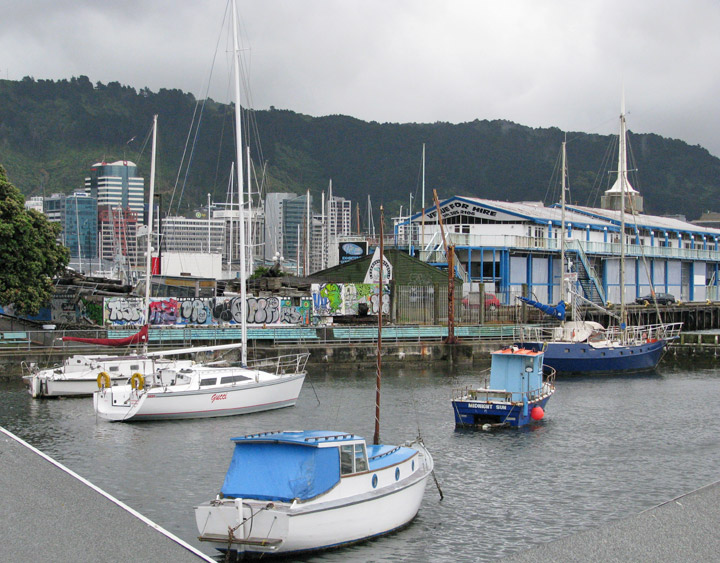
In Māori, Wellington goes by three names. Te Whanga-nui-a-Tara refers to
Wellington Harbour and means "the great harbour of Tara". Pōneke is a
transliteration of Port Nick, short for Port Nicholson (the city's central marae,
the community supporting it and its kapa haka have the pseudo-tribal name of
Ngāti Pōneke). Te Upoko-o-te-Ika-a-Māui, meaning The Head of the Fish of Māui
(often shortened to Te Upoko-o-te-Ika), a traditional name for the southernmost
part of the North Island, derives from the legend of the fishing up of the
island by the demigod Māui.
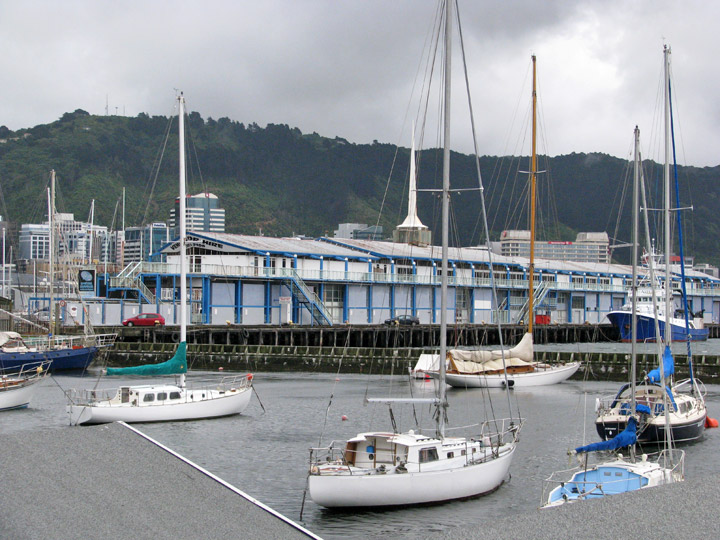


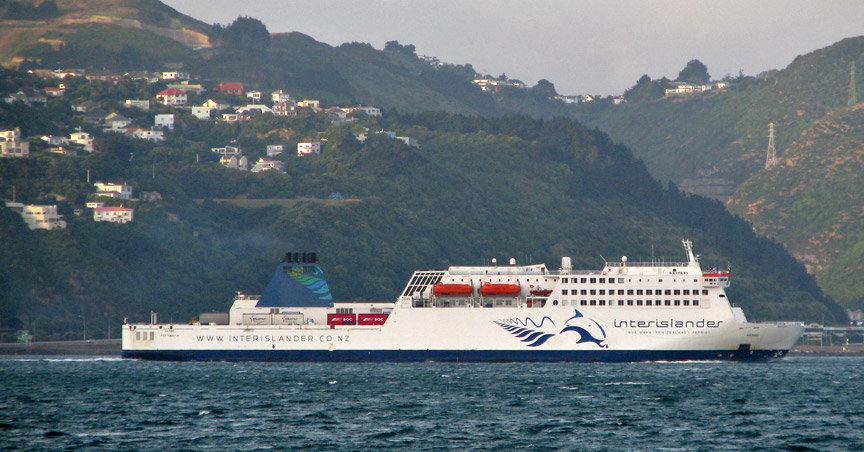
inter-island ferry
Wellington also goes by a number of nicknames including The Harbour Capital, Wellywood and (now rarely) the Windy City .
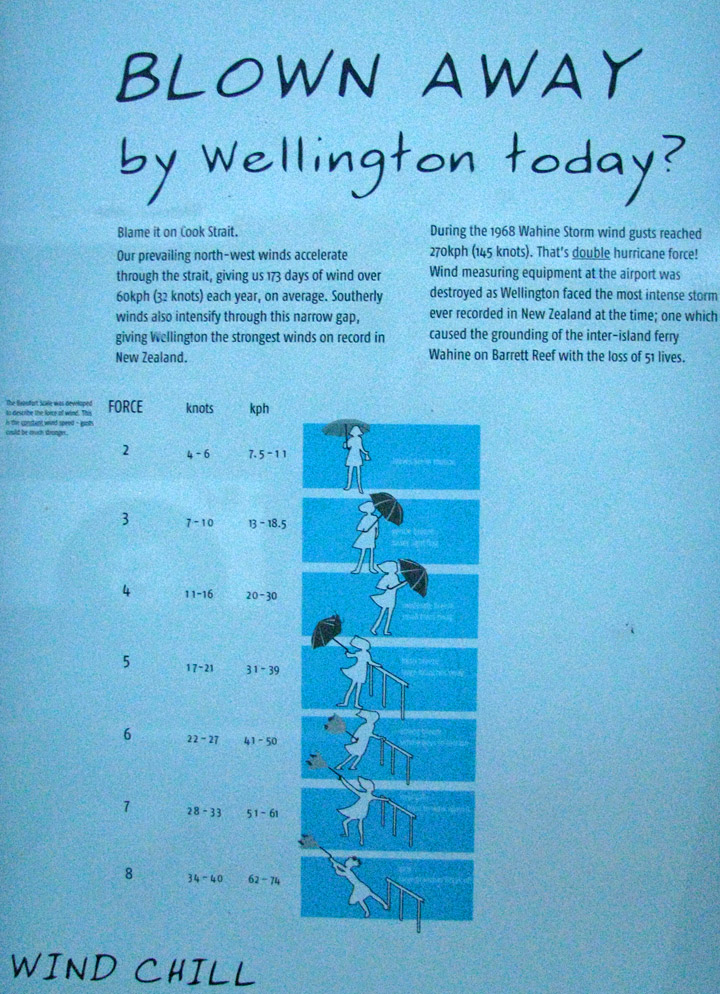
Windy City
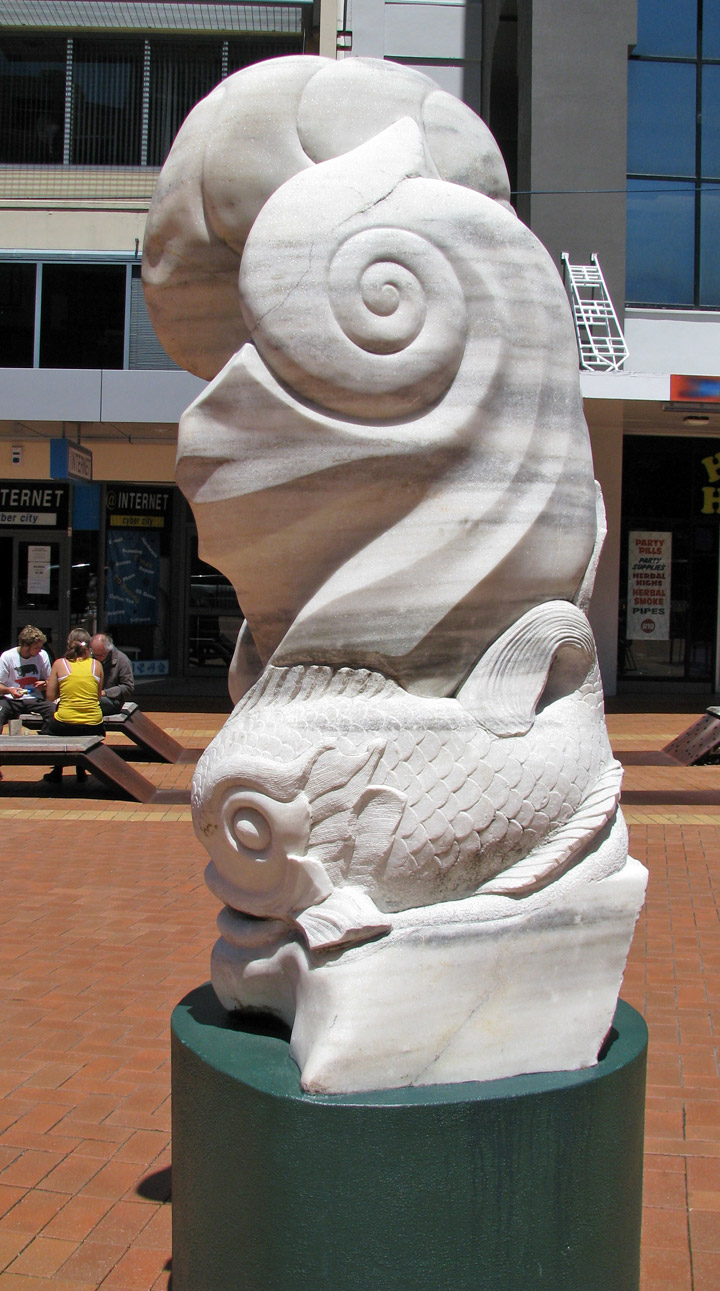
Wellington is New Zealand's political centre, housing Parliament and the head offices of all Government Ministries and Departments, plus the bulk of the foreign diplomatic missions that are based in New Zealand.

Richard Byrd memorial
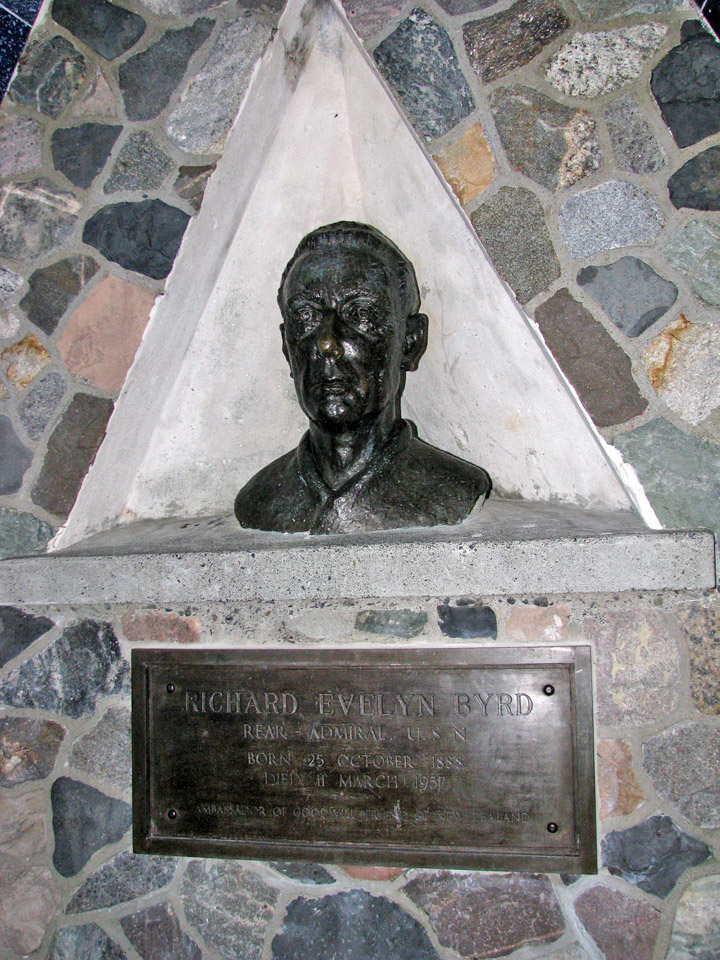
Wellington's compact city centre supports an arts scene, café culture and
nightlife much larger than most cities of a similar size. It is a centre of New
Zealand's film and theatre industry. Te Papa Tongarewa (the Museum of New
Zealand), the New Zealand Symphony Orchestra, the Royal New Zealand Ballet,
Museum of Wellington City & Sea and the biennial New Zealand International Arts
Festival are all sited there.
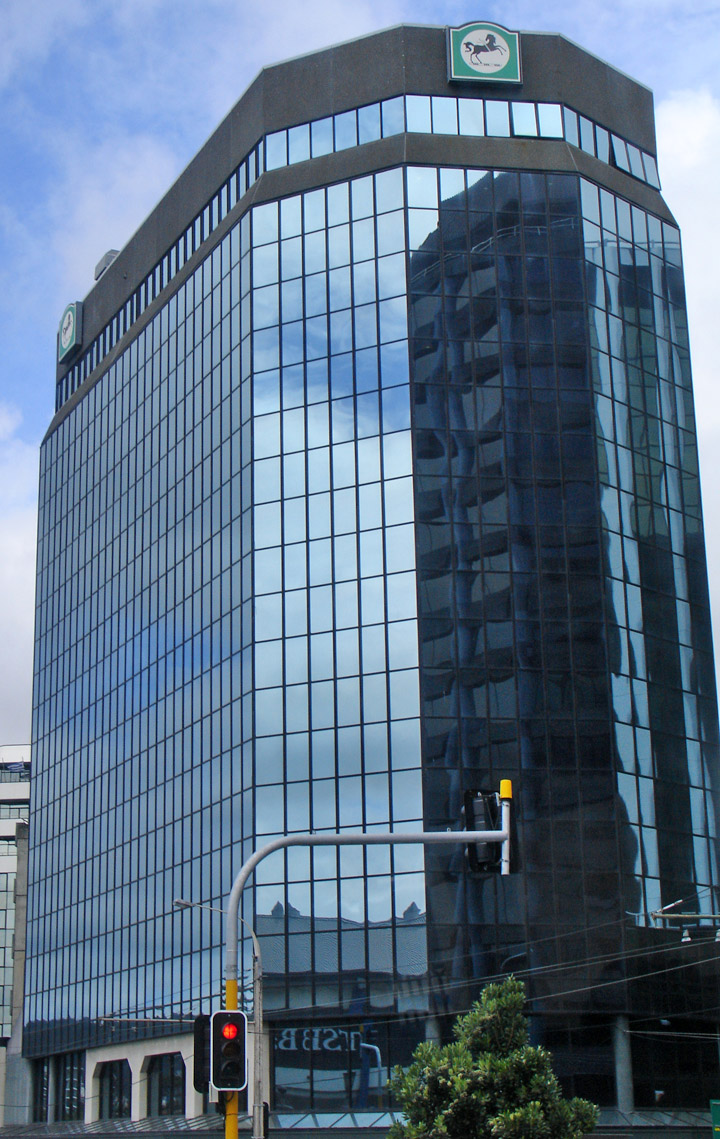
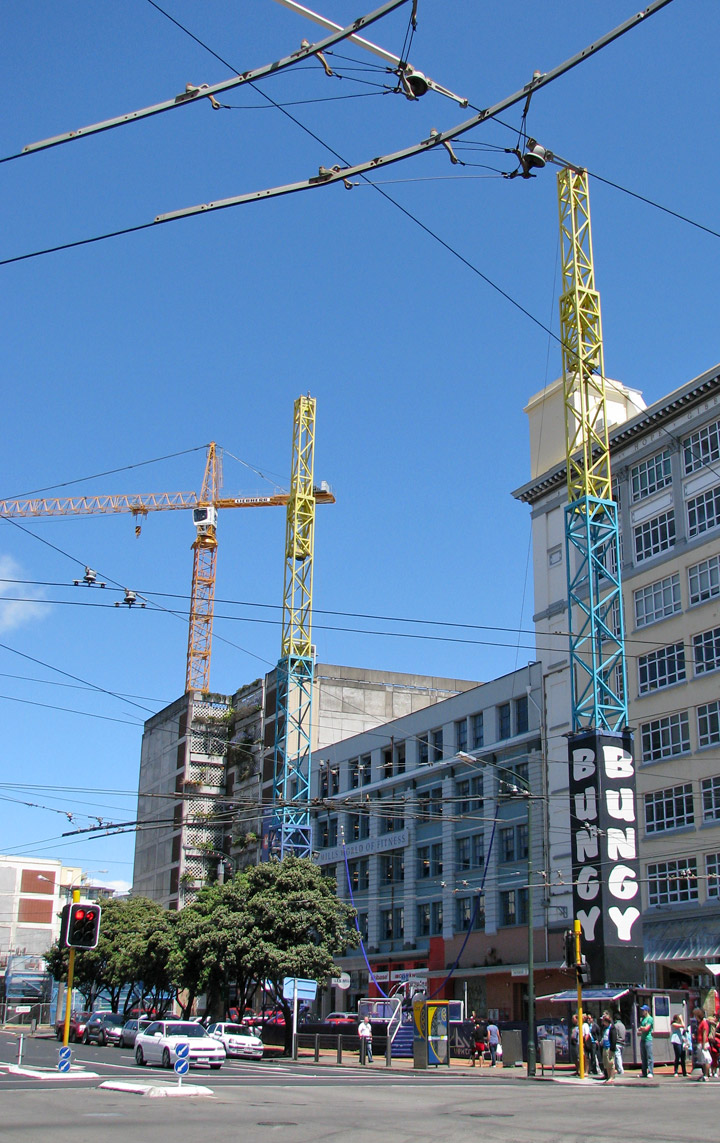
in-town Bungy jumping
Wellington has the 12th best quality of living in the world, according to a 2007 study by consulting company Mercer. Of cities with English as the primary language, Wellington ranked fourth. Only Auckland of New Zealand cities rated higher as it was ranked fifth in the world in 2006 and 2007.
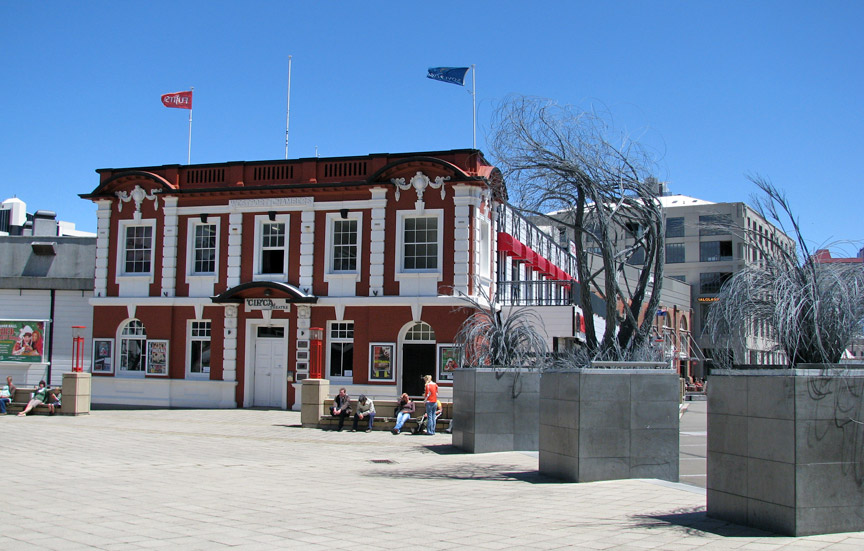
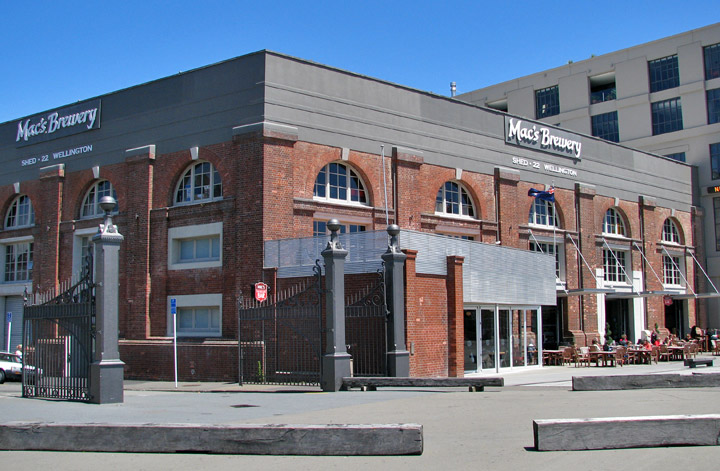
Mac's Brewery

Central Fire Station
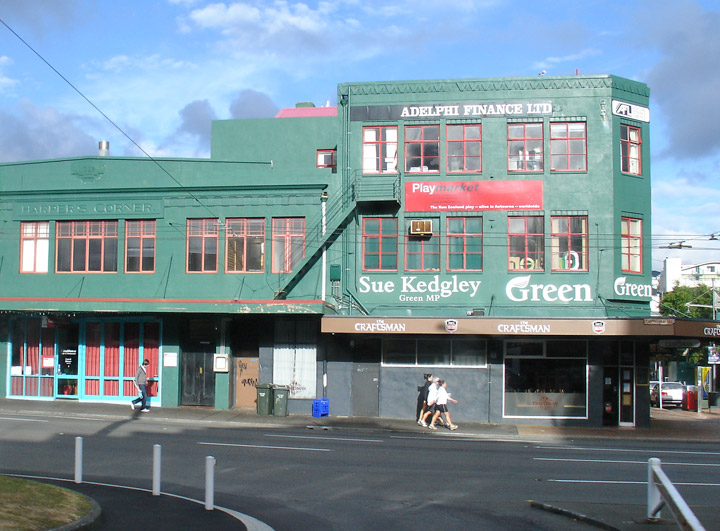
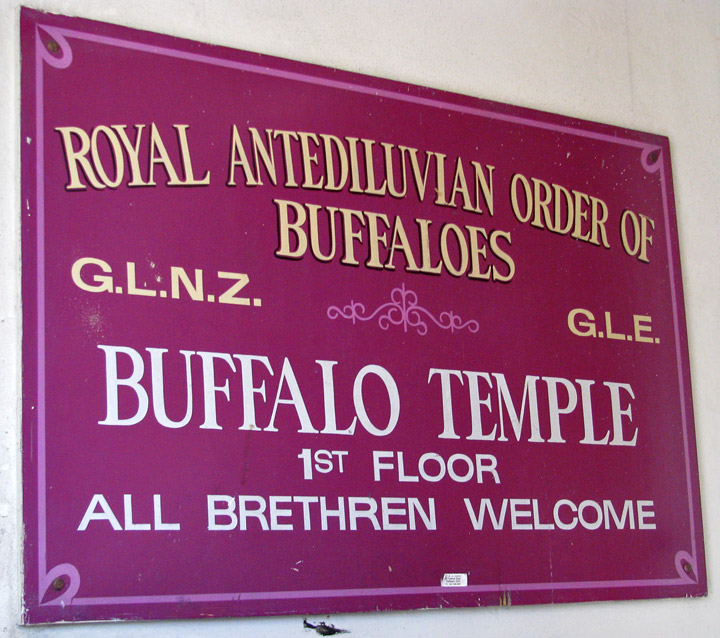
Buffalo Temple
In 1865, Wellington became the capital of New Zealand, replacing Auckland, where William Hobson had established his capital in 1841. Parliament first sat in Wellington on 7 July 1862, but the city did not become the official capital for some time. In November 1863 the Premier Alfred Domett moved a resolution before Parliament (in Auckland) that "... it has become necessary that the seat of government ... should be transferred to some suitable locality in Cook Strait." Apparently there was concern that the southern regions, where the gold fields were located, would form a separate colony. Commissioners from Australia (chosen for their neutral status) pronounced the opinion that Wellington was suitable because of its harbour and central location. Parliament officially sat in Wellington for the first time on 26 July 1865. The population of Wellington was then 4,900.
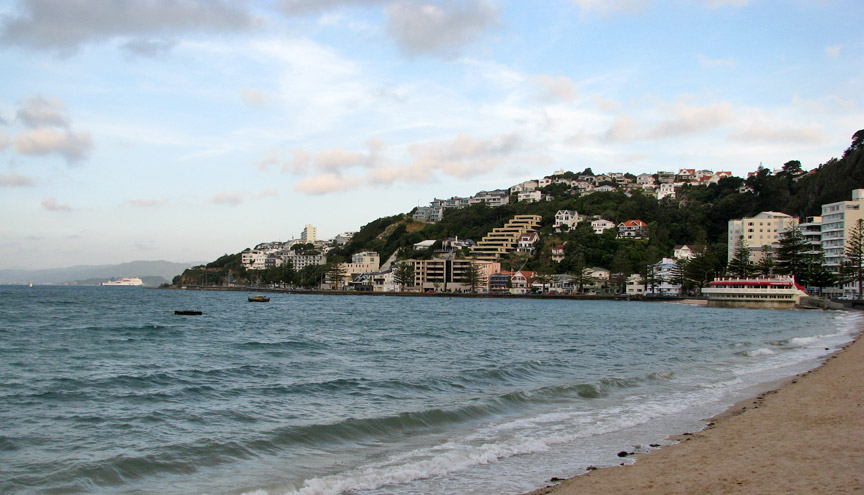
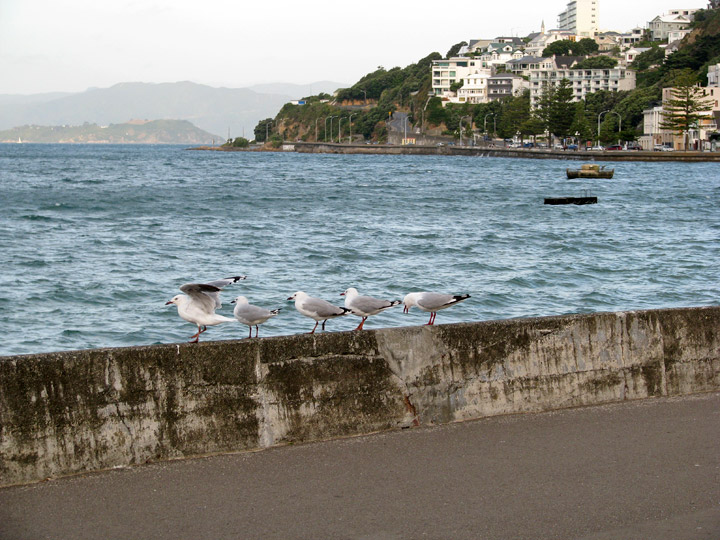
Wellington is the seat of New Zealand's highest court, the Supreme Court of New
Zealand. The historic former High Court building is to be enlarged and restored
for the court's use.


floating restaurant
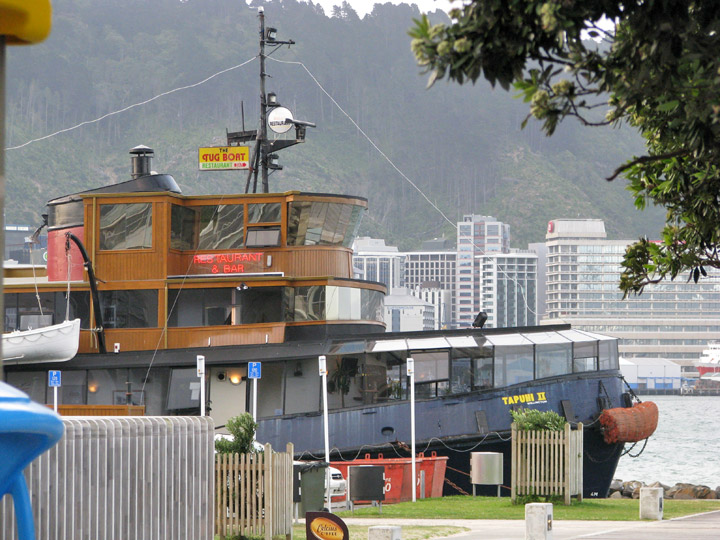
Government House, the official residence of the Governor-General, is in Newtown,
opposite the Basin Reserve.
Text from Wikipedia
Seascape Mural
